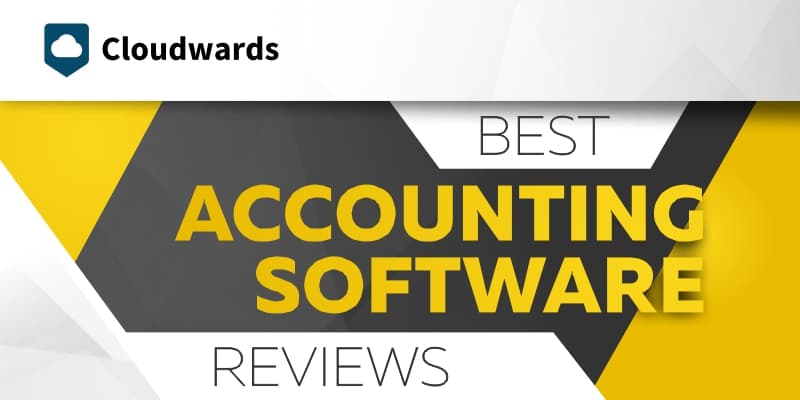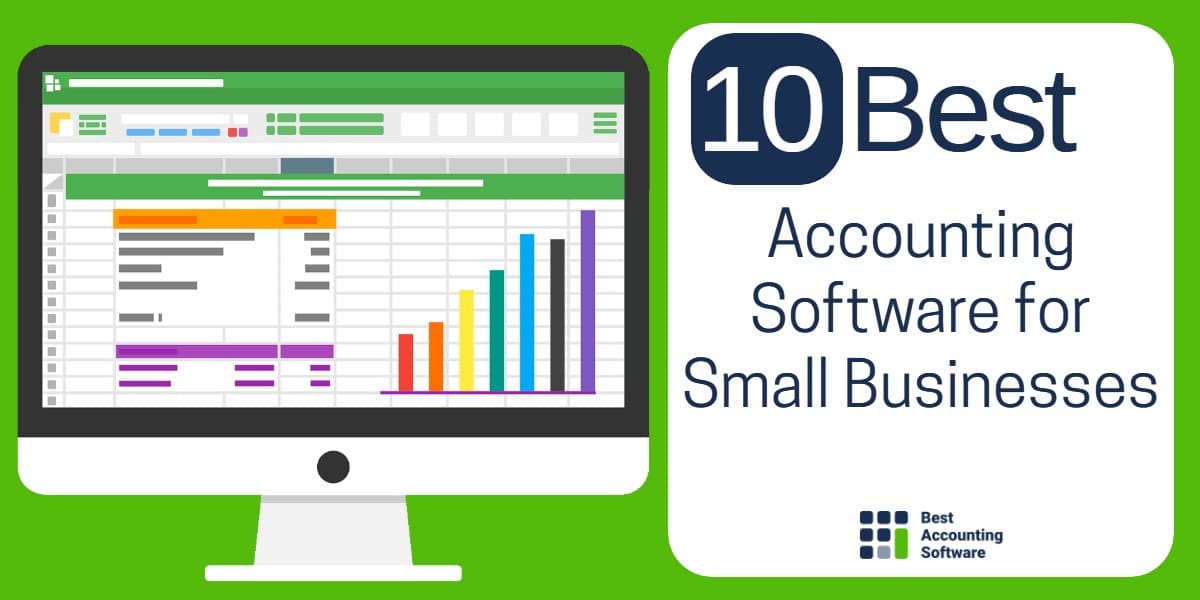- Sole Proprietor Accounting Software For Mac Pro
- Sole Proprietor Bookkeeping
- Bank Account For Sole Proprietor
Thinking of starting a new business? The type of company you found can have a significant effect on your tax obligation in the coming years.
Of the most common business entities—including partnerships, LLCs and corporations—sole proprietorships are widely considered the simplest type. A sole proprietorship refers to an unincorporated business owned and operated by a single person or, in some cases, a married couple. Because all of your business’ revenues are considered personal income, filing taxes as a sole proprietor is relatively simple, but this doesn’t mean it’s without its drawbacks.
Best Accounting Software for Sole Proprietors: Quickbooks As a fellow business owner of a sole proprietorship, I use and recommend Quickbooks Online as the best accounting software because of its excellent combination of power, flexibility, value and the ability to expand with your growing company. Dec 09, 2019 While a sole proprietorship is the simplest business structure, you'll still want to make managing your books as easy as possible with accounting software like Wave. Wave can help you easily keep track of your expenses by automatically pulling in your bank and card statements.
Oct 18, 2019 6 user-friendly accounting software options for Mac. Rather than giving you a generic list of accounting software that works on Macs (which would basically just be our accounting software directory), I decided to determine which top factors users have for choosing Mac over PC and then find accounting software that best suits those users. RPOS provides a wide range of solutions for managing your finances, whether the customer is a retail outlet, small businesses, manufacturer, non-profit organizations etc. And from a scale of being a sole proprietor to a large scale limited company. In the last few years, several great accounting software options have hit the market. They offer sole proprietors tools like easy invoicing, time tracking, and project management. For example, ZipBooks allows you to create an invoice that automatically includes unbilled time.
Let’s take a look at what a sole proprietorship taxes look like and find out how you can minimize your tax burden in the coming years.
Understanding Sole Proprietorships
Despite the popularity of sole proprietorships, they aren’t the best legal structure for every business type. The IRS refers to sole proprietorships as “pass-through” entities, meaning business revenues pass through the company and are taxed as personal income. Because the government considers a sole proprietorship and its founder to be the same entity, sole proprietors must file their annual tax payments by submitting an IRS Form 1040.
It’s important to note that companies don’t need to apply to become sole proprietorships. If your business has a single owner, the IRS will consider you a sole proprietor unless you take steps to incorporate, form a partnership, LLC or other business entity; for example, freelancers and the self-employed are considered “sole proprietors” until they decide to legally form a new business entity. There may also be additional steps you may have to take at the state level, but these vary by jurisdiction.
Sole Proprietorship Taxes
If you’re used to working for an employer that withholds a portion of your paycheck each period, paying taxes as a sole proprietor or a freelancer can be daunting. Sole proprietors must remember to set money aside for tax payments, which are usually paid according to a quarterly schedule. Additionally, sole proprietorships need to account for the portion of their Social Security and Medicare contributions that would otherwise be withheld and paid for by an employer.
Making Estimated Tax Payments
Estimated tax payments are mandatory for businesses that anticipate owing $1,000 or more over the course of a year. To avoid getting hit with a hefty tax payment come April, sole proprietors need to set a portion of their income, interest and dividends aside each month in order to submit estimated tax payments four times a year. Failing to submit estimated quarterly tax payments could leave your business on the hook for fees and penalties from the IRS.
Not sure what your estimated tax payments should be? Use the previous year’s tax return to estimate annual income. Then, divide this amount into four even payments to be sent to the IRS in mid-April, mid-June, mid-September and mid-January. Sole proprietors who fail to make estimated payments may be subject to an IRS underpayment penalty in addition to the tax burden they already owe.
Dealing With Self-Employment Tax
If you’ve never owned your own business, then the odds are good that you’re unfamiliar with self-employment taxes. Self-employment taxes are funds that are used to support Social Security and Medicare, but they differ from conventional payroll taxes.
When you work for an employer, he or she is obligated to pay half of your Social Security contribution. However, as a sole proprietor, you must handle this entire payment on your own. As a result, self-employment taxes can pose a significant burden to the average entrepreneur.
Luckily, there are ways for sole proprietors to minimize their self-employment tax burden. As a sole proprietorship, you can claim 50% of self-employment tax costs as income tax deductions. Additionally, Social Security contributions max out when your income reaches $127,200 (Note: This limit increases in tax year 2018 to $128,400).
Minimizing Your Tax Burden
While it’s important that sole proprietors adhere to all the tax obligations as laid out by the IRS, independent business owners should also take advantage of all possible deductions to give themselves the best shot at succeeding. As a sole proprietor, you can deduct a wide array of expenses associated with launching and running your business.
The IRS allows sole proprietors to deduct expenses that are deemed both ordinary and necessary. While ordinary expenses are those common in your specific trade, necessary expenses refer to items that are helpful but not mandatory for doing business.
Some common business expenses include office rent or mortgage payments, furniture, supplies and health insurance for you and your family members. Additionally, sole proprietors can deduct the cost of expenses related to furthering their skill sets, such as college classes, training programs, books and software. You can use Schedule C (Form 1040) to list all of your sole proprietorship’s itemized deductions.
Looking for an additional tax write-off this year? As a sole proprietor, you can deduct contributions to a 401(k) retirement plan. Not only is opening a 401(k) a great way to minimize your tax burden, but it also helps sole proprietors safeguard their financial futures.


Sole Proprietor Accounting Software For Mac Pro
Protect Your Sole Proprietorship From the IRS
Sole Proprietor Bookkeeping
Sole proprietors are prime targets for IRS audits. To protect their financial assets, sole proprietorships should keep careful records. Along with separating personal and company costs into two accounts, business owners should also hold on to their receipts and take pains to ensure all deductions are fair and accurate. Finally, you should make sure to report all income received by your sole proprietorship to your state and the IRS. Financial software for small businesses and the self-employed can help manage your books and keep you prepared for tax time by separating personal and business expenses, saving receipts, automating deductions, etc.
Bank Account For Sole Proprietor
The truth is that the type of business you launch can have enormous tax implications in the coming years. If you’re worried about meeting your tax obligations as a sole proprietor, you may want to think about incorporating your business. Not only is corporate income taxed at a lower rate than personal income, but C corporations can also deduct a wider range of business expenses come tax season. Do your research to determine the best business type to meet your specific needs.